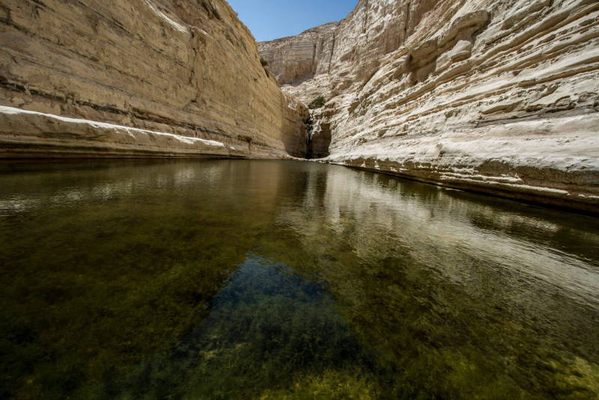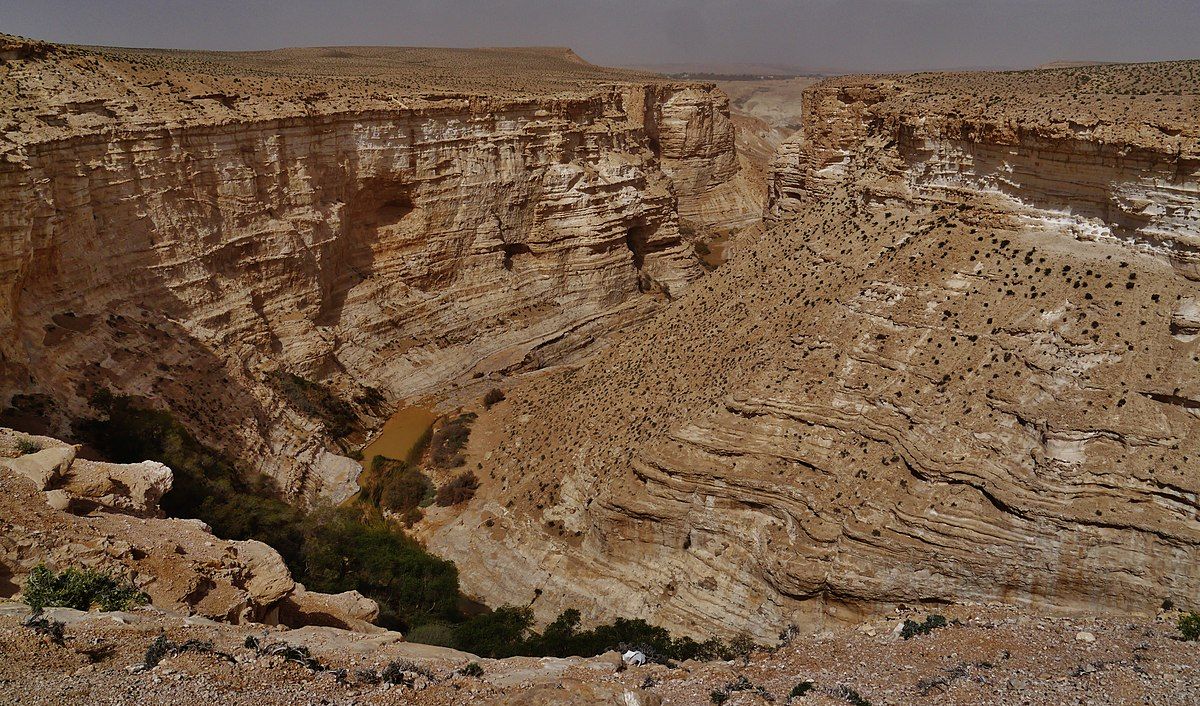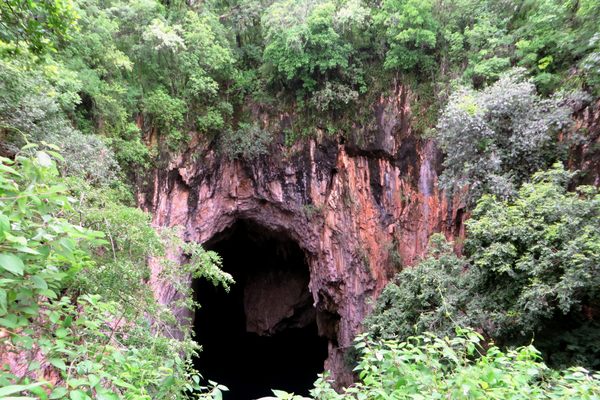About
All around, the scenery is harsh and barren, giving no hint that a source of water can be found on the horizon. But as you enter the narrow canyon, very soon you start to notice the green vegetation at the creek bed. A few minutes further up, the first pool is revealed.
As you venture deeper, the canyon begins to narrow, finally ending with massive cliffs closing in from all sides. At the bottom lies Ein Avdat, a deep pool of clear and cold water fed by a 50-foot waterfall.
This breathtaking oasis is located in the Nahal Zin, or "Zin Valley," the longest wadi in the Negev Desert of southern Israel. Ein is the Hebrew word for "spring," and Avdat refers to the ancient Nabatean city nearby, which was a trading post along the incense route thousands of years ago.
Water holes in the desert are always a magical site, but in antiquity, they were also essential for survival in this arid region. The earliest signs of permanent human dwellings in the area date back to the Byzantine era, when Christian monks lived in caves along the canyon that can still be seen today.
Inside these cavernous dwellings you can see rooms where the monks lived and prayed, and niches that served as cupboards. The monks also carved staircases leading to the springs. The caves were abandoned after the Muslim conquest of the region, and today they are part of the Ein Avdat National Park.
Related Tags
Know Before You Go
The pools, canyon, and caves are located within the Ein Avdat National Park. There is a large parking area at the site. Most visitors take a short, flat trail from the parking area to the pools and back. However, there is also an option for an exciting full-day hike. When you reach the waterfall, climb up the cliff and return to the starting point through the colorful Marl wadi of Havarim.
Published
February 1, 2019





































